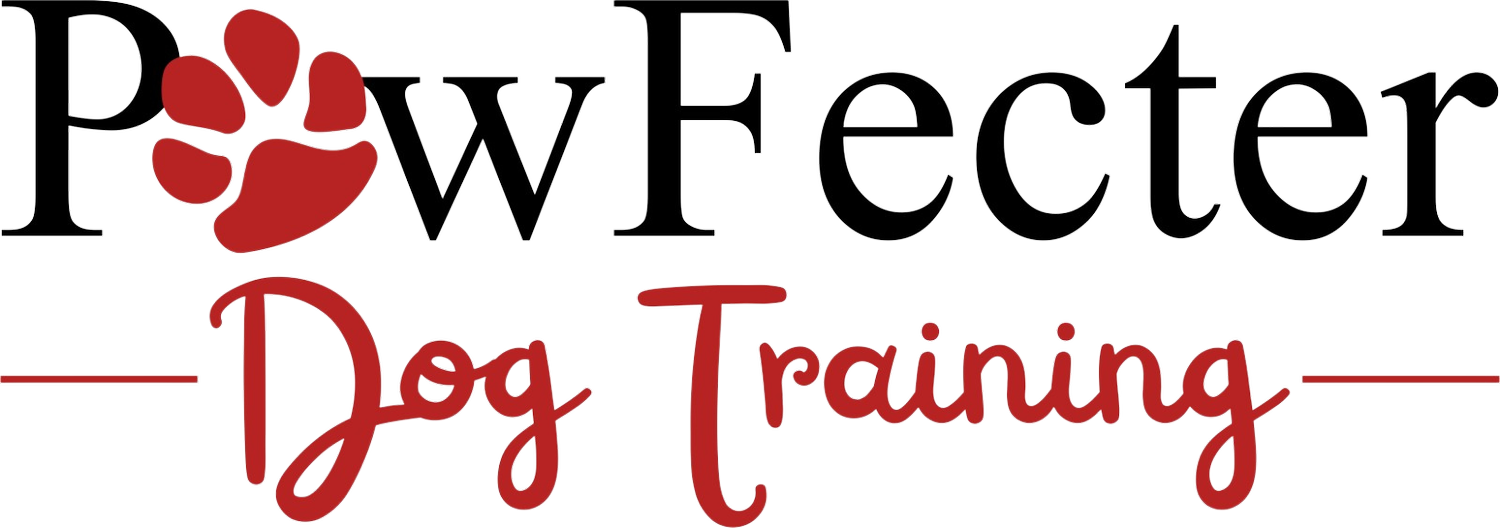The Debilitating Impacts of Canine Hip and Elbow Dysplasia
For many dog owners, the prospect of their beloved pet developing painful joint conditions like hip or elbow dysplasia can be a daunting and heartbreaking reality. These complex developmental disorders, which affect the proper formation and function of a dog's hips and elbows, can have a profoundly negative impact on their quality of life and long-term wellbeing.
Understanding Hip and Elbow Dysplasia
At their core, hip and elbow dysplasia are the result of abnormal development and growth within the affected joints. In the case of hip dysplasia, the ball and socket joint fails to form properly, leading to instability and increased wear and tear on the joint surfaces. Elbow dysplasia, on the other hand, is caused by a mismatch in the growth rates of the three bones that make up the elbow joint, resulting in abnormal joint mechanics and the potential for cartilage damage.
These primary "lesions" or defects then trigger a cascade of secondary changes, including the onset of painful osteoarthritis. Once abnormal development of the joint has been started by the presence of a primary lesion, further secondary changes occur as a consequence. Of particular importance is abnormal wear of the joint surface and osteoarthritis (arthrosis). These secondary lesions cannot be reversed and they are a potential problem for the rest of the dog's life.
Interestingly, these joint disorders are not limited to a single breed or even a specific group of dogs. The condition appears to be increasing worldwide, suggesting that the underlying genetic and environmental factors contributing to these issues are widespread and complex.
The Debilitating Impacts
The consequences of canine hip and elbow dysplasia can be severe, profoundly impacting a dog's mobility, comfort, and overall quality of life. The primary symptoms include front limb lameness and an unwillingness to exercise for long periods or may even refuse to complete a walk. This can be incredibly distressing for both the dog and their owner.
Beyond the immediate physical discomfort, these joint disorders can also lead to more serious complications. The significance of having a dog diagnosed with elbow dysplasia is that treatments are not curative, and long-term prognosis is often poor. This means that affected dogs may face a lifetime of pain, reduced mobility, and an increased risk of developing debilitating osteoarthritis.
Tragically, the debilitating nature of these conditions can also have emotional and practical consequences for the dog and their family. As the dog's mobility and activity levels decline, they may become increasingly isolated, depressed, and unable to participate in the activities they once enjoyed. This can be heartbreaking for owners who are forced to watch their beloved companion struggle.
Preventive Measures and Treatment Options
Given the serious and often irreversible nature of hip and elbow dysplasia, prevention and early intervention are key. Genetic screening and selective breeding can help reduce the prevalence of these disorders within certain dog populations. By identifying and removing affected individuals from breeding programs, breeders can work to gradually improve the overall joint health of their lines.
For dogs already affected by these conditions, a combination of medical, surgical, and rehabilitative interventions may be necessary. Surgery may be recommended for certain cases, while nutritional and medical management can help address the associated osteoarthritis and pain. Importantly, physical rehabilitation techniques like targeted stretching, strengthening exercises, and hydrotherapy can help maintain joint mobility, improve muscle tone, and enhance a dog's overall comfort and quality of life.
The Importance of Early Diagnosis and Proactive Care
Ultimately, the key to successfully managing canine hip and elbow dysplasia lies in early diagnosis and a proactive, multifaceted approach to treatment. By staying vigilant for the early signs of these conditions and seeking prompt veterinary attention, owners can help mitigate the long-term impacts and give their dogs the best possible chance at a comfortable, active life.
Moreover, responsible breeding practices and genetic screening are crucial to addressing the underlying causes of these disorders. By working to reduce the prevalence of hip and elbow dysplasia within the broader dog population, breeders and veterinary professionals can help ensure that future generations of canine companions are spared the debilitating effects of these painful joint conditions.

